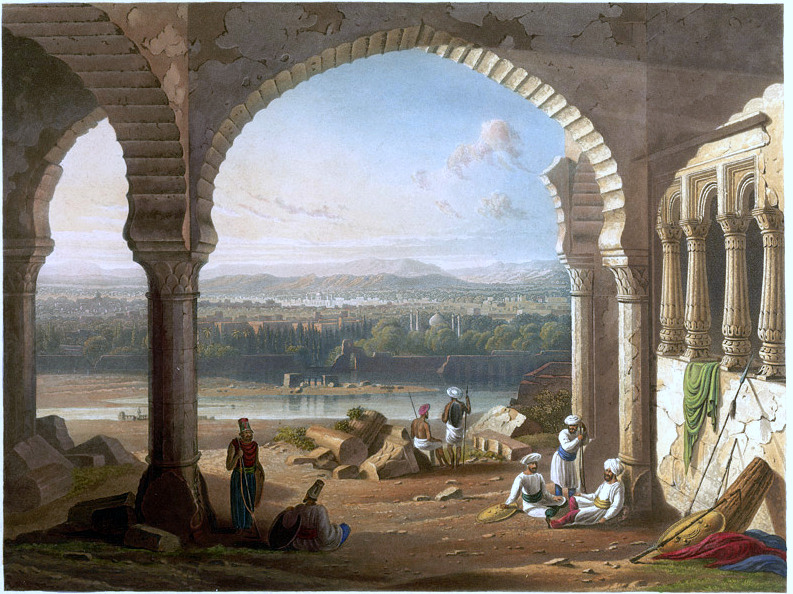
Who is the Jagat Seth of our times?
In 1707, Manikchand helped Prince Farrukhsiyar financially to become the #Mughal Emperor. As reward, Farrukhsiyar conferred the title of Jagat Seth on Manik Chand, the head of the family, meaning "banker or merchant of the world.
In 1707, Manikchand helped Prince Farrukhsiyar financially to become the #Mughal Emperor. As reward, Farrukhsiyar conferred the title of Jagat Seth on Manik Chand, the head of the family, meaning "banker or merchant of the world.

Murshid Quli Khan Subedar of Bihar, Bengal and Orissa and Seth Manik Chand were close friends of each other. Manik Chand was not only the cashier of Nawab Murshid Quli Khan but the revenue of the province was also deposited with him.
After the Battle of Plassey, Mir Jafar became the new Nawab. He organised the killing of several members of the family including Jagat Seth, Mehtab Chand and his cousin Swarup Chand, in 1763, and threw their bodies off the ramparts off Munger Fort.
After death of Madhab Rai and Maharaj Swaroop Chand, their empire started collapsing. They lost control over much of land they owned, and money that the British East India Company borrowed from them, was never paid back. Final nail in the coffin for them was the revolt of 1857
• • •
Missing some Tweet in this thread? You can try to
force a refresh












